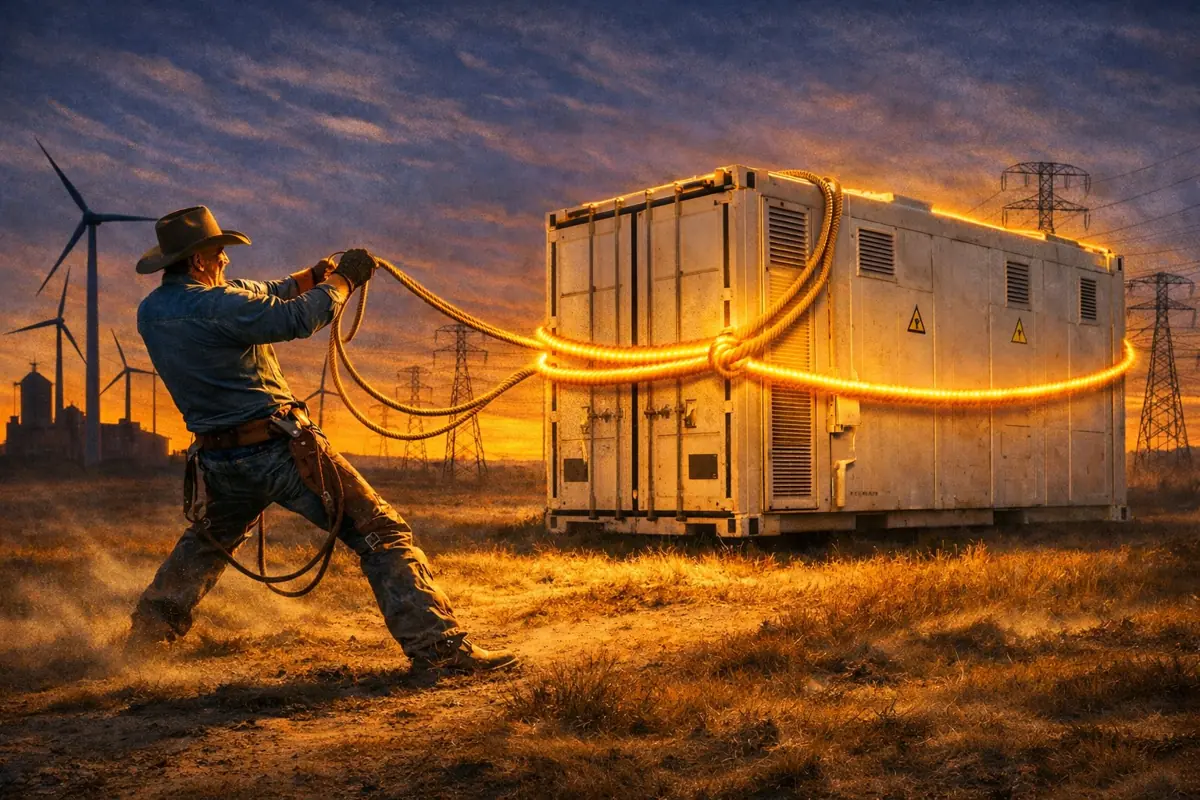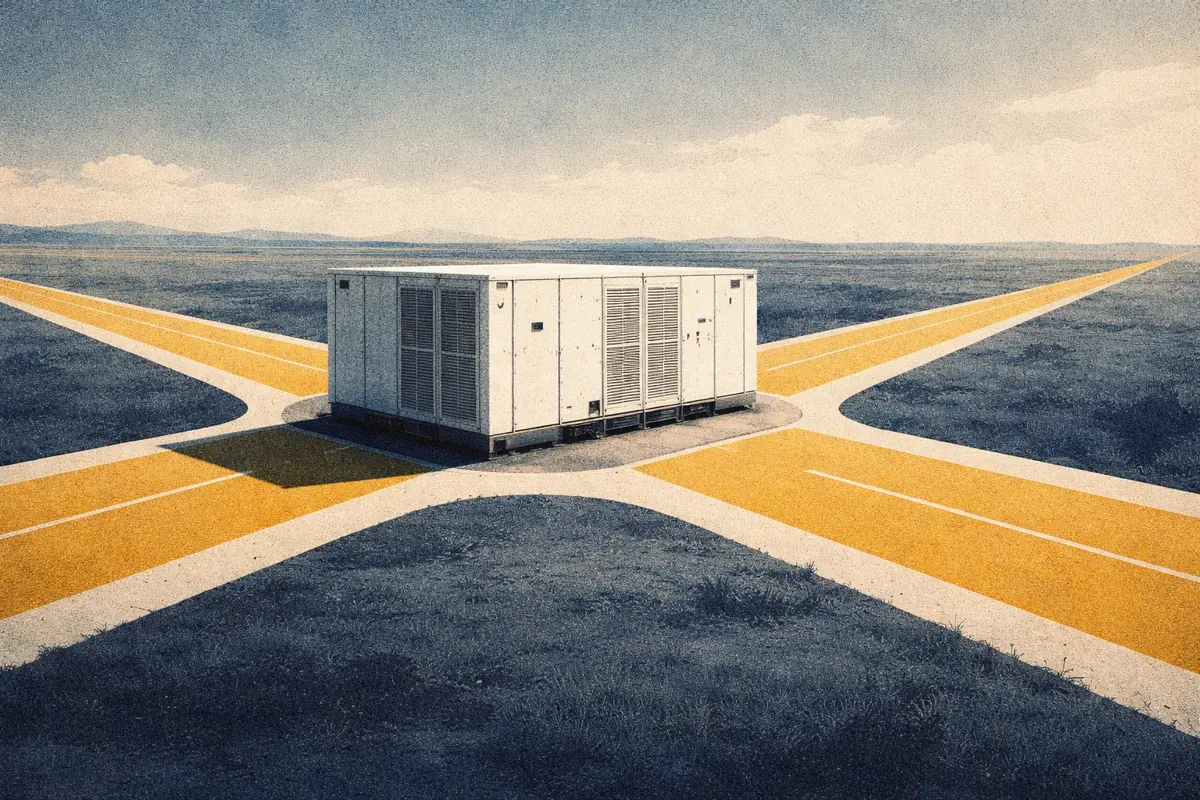06 August 2024
ERCOT: What did battery energy storage revenues look like in 2023?
Written by:
ERCOT: What did battery energy storage revenues look like in 2023?
In 2023, battery energy storage systems in ERCOT earned an average of $196k/MW across the year. This was 33% higher than in 2022.
Get full access to Modo Energy Research
Already a subscriber?
Log in







